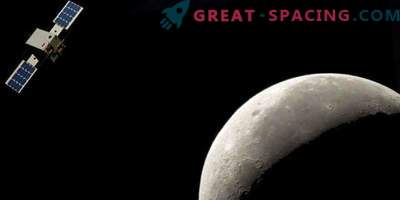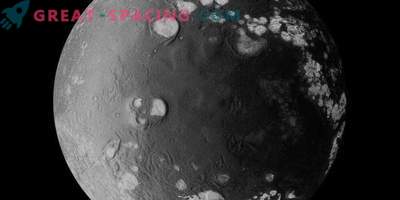
NASA scientists plan to get a more complete picture of the location of water on the satellite. They also want to know if it is being transported over permanently shaded areas after a billion years.
The first hint of the presence of water on the lunar belts appeared in 1994 during the period of the mission of Clementine. Since then, the Moon has been overseen by several projects, including satellites and rovers, which discovered three signatures of volatile substances that quickly evaporated: a large layer of hydroxide and water, subsurface and surface polar ice.
Perspective change
Since the discovery of water and hydroxide, the Moon has lost its “dry” status and has become “wet”. But the researchers did not have a complete picture of the water location and possible mobility of volatile substances.
To change this situation, created the project MiLUV - 6-inch device that can detect water on the surface using a laser spectrometer. Volatile substances in the solar system - the key to understanding the origin of life.
Advanced Laser Spectrometer
The instrument represents advanced planetary lidar systems and a mercury laser altimeter. They reflect the light and are used to compare printing. If the early devices used only one wavelength, the new one is tuned to different ranges.
Water absorbs light at certain IR wavelengths. The analysis will help determine the water level in the vertical direction of the laser.
Round-the-clock measurements
The device is endowed with its own light source (laser), so the mission is able to function day and night. That is, MiLUV can study areas that are in constant shadow.
Scientists believe that such a focused mission is suitable for CubeSat. The study should explain how the chemical and physical processes in our system work. Small satellites are valuable mechanisms for projects, as they provide mobility, speed of creation and cost and time savings.











































